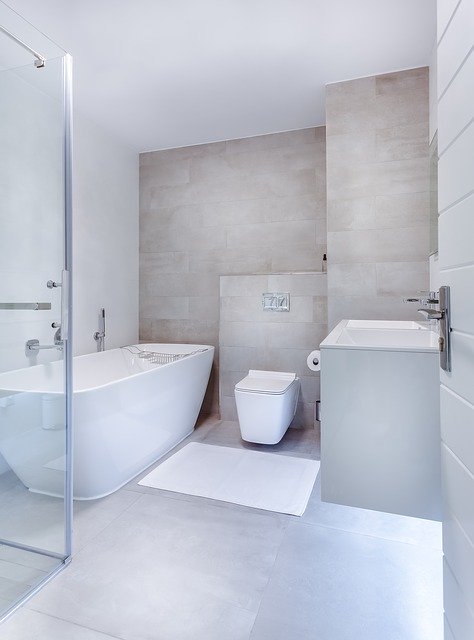How Do Toilets Work?

You may usually take for granted your toilet because it often works well. Yet, the moment it gets clogged or malfunctions, you suddenly realize how much of value it is to the smooth flow of your daily life. Moreover, in such a case, fixing the toilet would immediately supersede all your priorities. You also get fidgety and anxious until it is completely fixed. (Image Credit: Jean van der Meulen/Pixabay)
How Do Toilets Work?
The toilet, of course, is one of the most useful inventions of humanity. It is a sanitation facility. As such, it allows for safe and easy defecation and urination. Its designs may vary. In some cases, its design may be very basic without a flush. It may also allow for different setups such as sitting or squatting posture.
Toilets can also either be flush or dry. Flush toilets are the typical toilets that you would often see in urban areas. They are directly connected to a sewer system or a septic tank. They are very efficient with flush systems that allow for the easy draining of water and waste. Dry toilets, on the other hand, do not need water. They may be connected to a removable container, pit, or a composting chamber.
Basic Components of Toilets
Toilets may come in a variety of designs and brands. Yet, the best toilets, have the following basic components—bowl, bowl siphon, and tank.
The Bowl and the Bowl Siphon
The bowl is the most prominent part of a typical toilet and is shaped like an inverted bell. When you flush, for example, a standard toilet, you will see that the water and waste go down the bowl as if they are sucked into a vortex. This draining process happens because of the specialized design of the toilet.
Deep within the bowl is a piping chamber that features a U-bend called the “bowl siphon.” The bowl siphon is the most important mechanism within the design of the bowl. It also does not have any moving parts. Yet, its design is ingenious. Without it, the toilet will never work. Connected to the siphon is a pipe that goes straight to the sewer system.
When you flush the toilet, for example, waste and water drain into the siphon down to the sewer system. Air rushes in to fill the vacuum left by the draining of the bowl. This draining process creates the “flush” sound that you hear. Meanwhile, the onrush of air into the bowl halts the siphoning process. Afterward, the tank lets out enough water to refill the bowl.
The Toilet Tank
The toilet tank is usually found on the far side of the bowl. It can hold up to two gallons of water. Aided by gravity, the tank’s position on the upper far side of the bowl makes it possible to easily unleash water into the bowl. This added water sends the waste down the pipe.
You can activate the tank by pressing down the button or handle. After pressing down the handle or button, the tank starts dumping water into the bowl. This triggers the swooshing flush.
Inside the tank, you will see several mechanical pieces that work in synchrony. These mechanical pieces make possible the unloading of water into the bowl. You will see inside the tank a chain connected to the flapper as well as a flush valve. Once you flick on the handle outside the tank, the handle arm inside the tank pulls up the flapper and the flush valve.
Once the flapper lifts, the tank empties. The flapper falls back onto the drain hole once the tank empties. The flapper is usually made of rubber that seals the drain.
After emptying itself of water, the tank refills itself. The water continues to refill the tank up to its normal level. In turn, a float ball, connected to the fill valve, regulates this refilling process.
Once the water reaches the normal level, the ball float levels up with the water and shuts off the fill valve. The tank also has an overflow tube that empties water into the toilet bowl. Without the overflow and refill tube, the bowl will only have limited water every after a flush.
High-Tech Toilet
There are hi-tech toilets, at present, that have specialized features. These features include an automatic flushing mechanism, bottom washers, or water jets. Other modern toilets come with blow dryers and even artificial flush sounds for masking noise. Some toilets also come with medical monitoring features for analyzing stool and urine content. Lastly, some toilets come with temperature, blood pressure, and even blood-sugar checking devices.
So next time someone asks you how do toilets work? You’ll know.











Leave a Reply